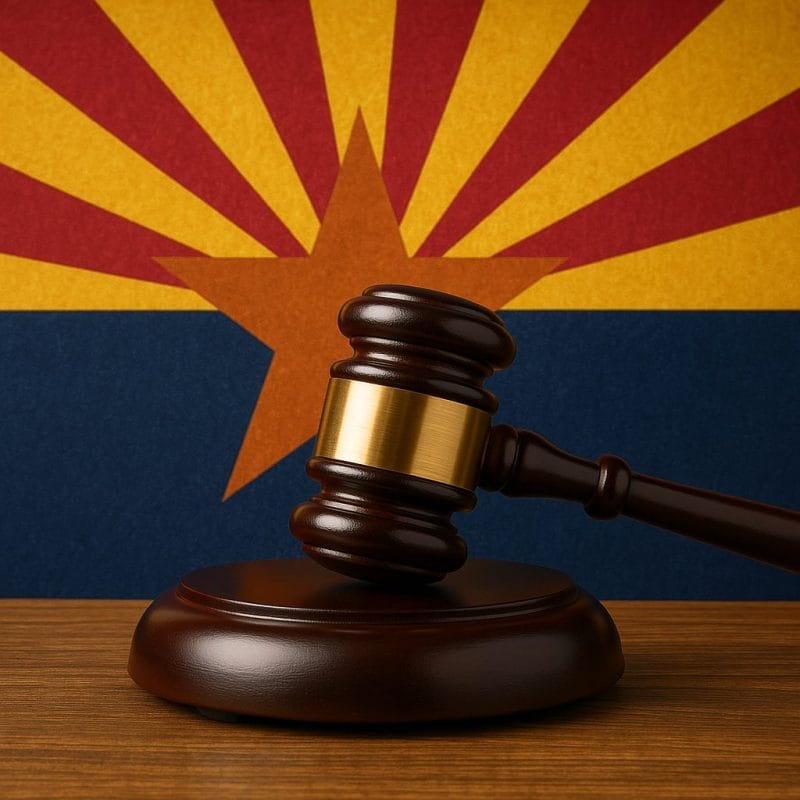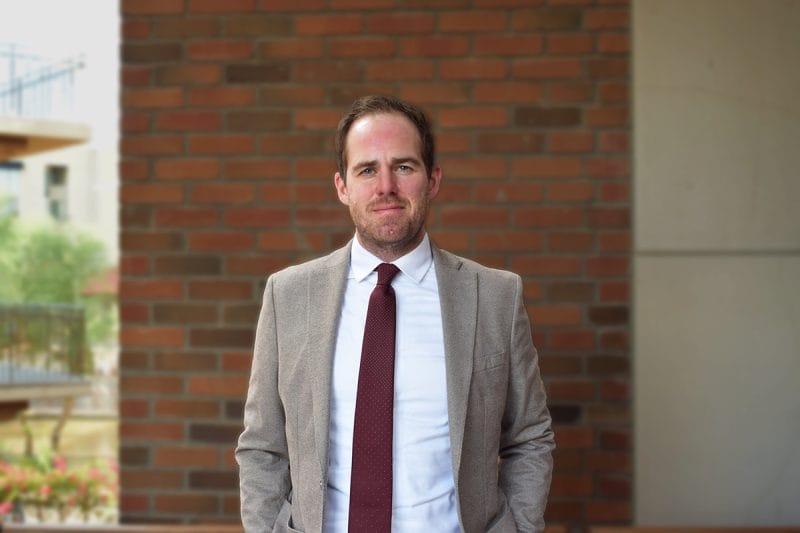
/Photo by Luke Runyon/KUNC
By Luke Runyon | KUNC
Earlier this year, Arizona, one of seven states that rely on the Colorado River, was in the midst of a heated discussion about Colorado River water.
“It’s time to protect Lake Mead and Arizona,” Doug Ducey, Arizona’s Republican governor, said in his state of the state address in January 2019. He spoke to state lawmakers in the midst of uncomfortable, emotional discussions about who gets access to water in the arid West and who doesn’t.
“It’s time to ratify the Drought Contingency Plan,” Ducey said to applause.
The multistate deal was the first issue Ducey brought up in his address, and he indicated it should be the Legislature’s first priority. The deal was designed to keep the Colorado River’s largest reservoir – Lake Mead south of Las Vegas – from dropping rapidly and putting the region’s 40 million residents in a precarious position.
Within weeks, Arizona finished its portion of the plan.
Ducey’s address lauded the leadership of former Gov. Bruce Babbitt and former Sen. Jon Kyl, but he didn’t mention the crucial role of tribal leaders in the state. But a recent Arizona State University report suggests that without the actions of the Gila River Indian Community and the Colorado River Indian Tribes, the deal would’ve likely collapsed.
“We know that you have to live in harmony with your surrounding community, with the water resources, you have to respect that,” Stephen Roe Lewis, governor of the Gila River Indian Community, said after Ducey’s address.
To get the deal across the finish line, Lewis’ tribe agreed to lease a portion of its water to the Central Arizona Groundwater Replenishment District, which supplies water for new homebuilding in the Phoenix and Tucson areas. The Colorado River Indian Tribes agreed to fallow cropland on its reservation, which spans the Arizona-California line south of Lake Havasu City, leaving the unused water in Lake Mead.
“This is a legacy, history making moment for all of Arizona,” Lewis said.
Arizona’s portion of the seven-state Drought Contingency Plan became a unique example in the vast Colorado River Basin of tribal leaders asserting themselves in broader discussions about the river’s management. Historically, tribes in the basin have been marginalized and ignored, left out or outright banned from discussions of Western water development.
With the drought plan done, some tribal leaders say their water rights can no longer be ignored, and that it’s irresponsible of Western water leaders to leave them out of sweeping multistate agreements. And a recently finished federal study is amplifying tribes’ call for a seat at the table to negotiate the river’s future.
“Early on, five years ago, the tribes didn’t think, ‘Well, how do we participate in this process?’” said Daryl Vigil of the Jicarilla Apache Nation in northern New Mexico, acting director of the Ten Tribes Partnership, an organization that represents the interests of 10 tribes in the Colorado River Basin.

Gila River Indian Community Gov. Stephen Roe Lewis was a vocal proponent of Arizona’s Drought Contingency Plan.
/Photo by Bret Jaspers/KJZZ
“But, I think given the … senior nature of tribal water rights, they absolutely needed to be involved in that process.”
In December 2018, the federal government released the Tribal Water Study, which looked at water use within tribes and projected future demands. One big takeaway from the report gained attention across the Southwest: On paper, tribes have rights to about 20% of all the water in the Colorado River watershed. Tribes aren’t using all the water they have rights to, but they plan to, Vigil said, which will have ripple effects throughout the entire watershed.
“That has to be resolved,” he said, “Because if we put that water to full development, tribal water to full development in the Upper Basin, that will absolutely impact somebody in the Lower. Basin.”
The river’s current managing guidelines – which dictate how its biggest reservoirs are run and a series of cutbacks when they drop in elevation – were approved in 2007 and are set to expire in 2026. Against the backdrop of rising temperatures and two decades of drought across much of the Southwest, formal negotiations to come up with a new agreement start next year.








